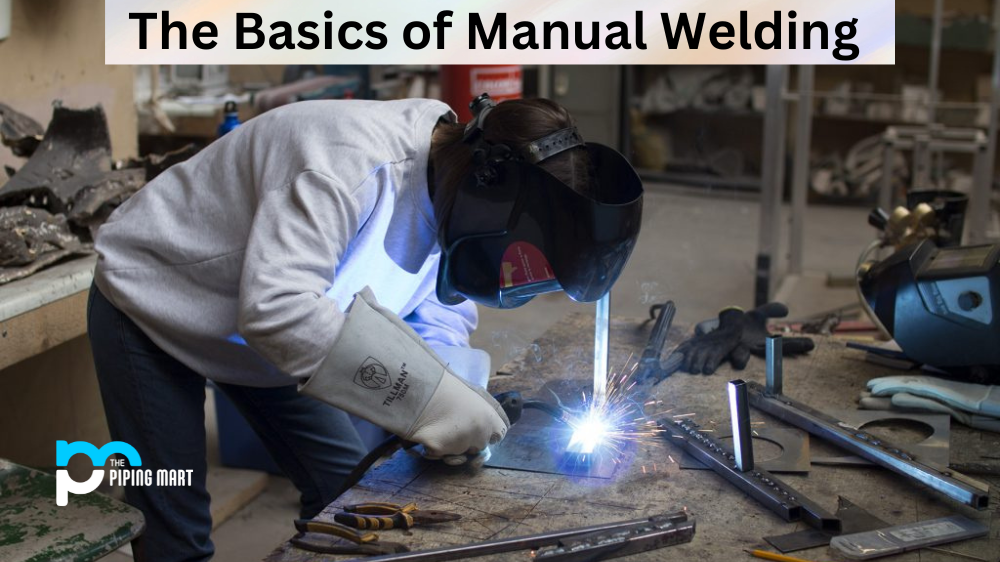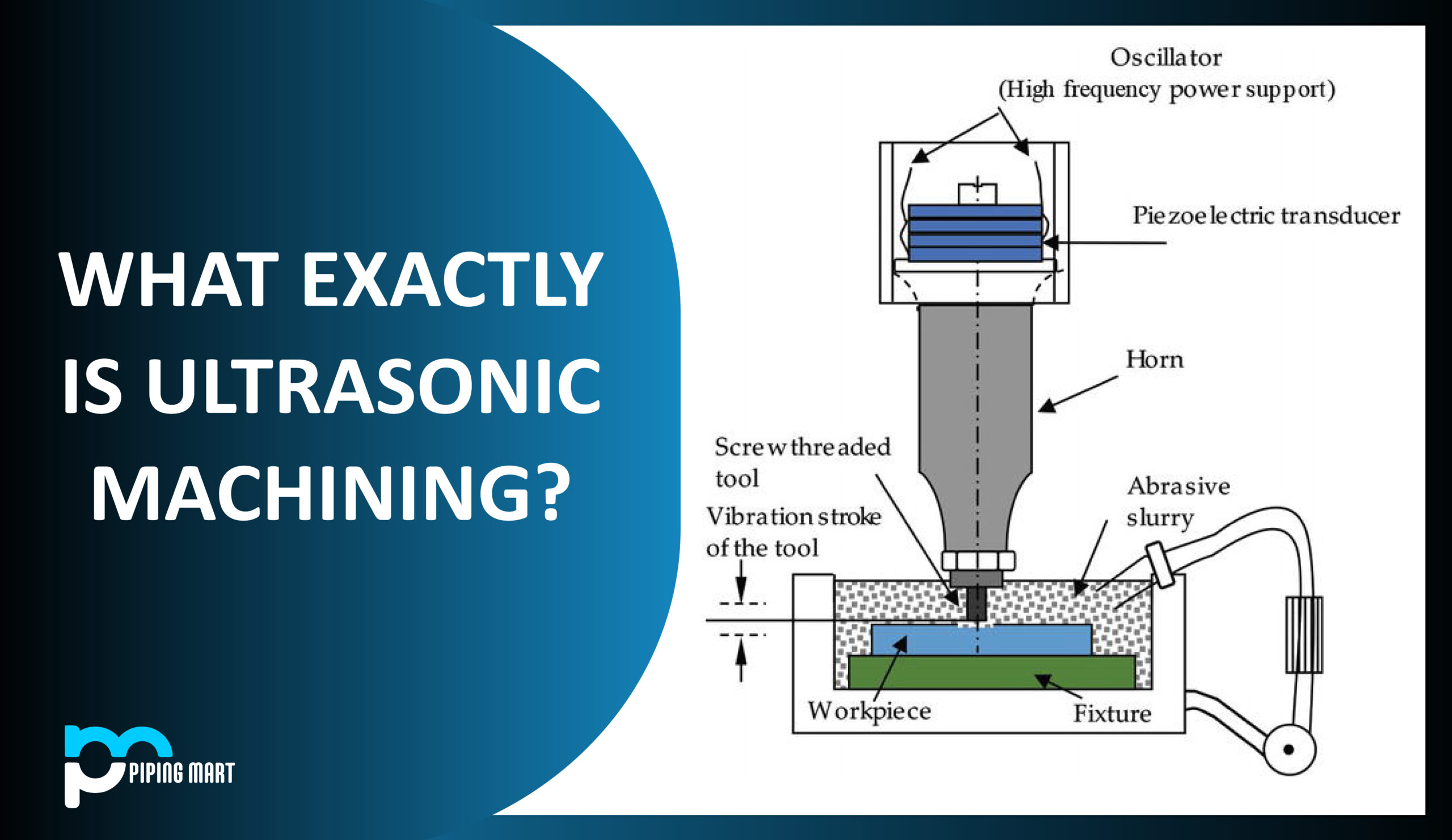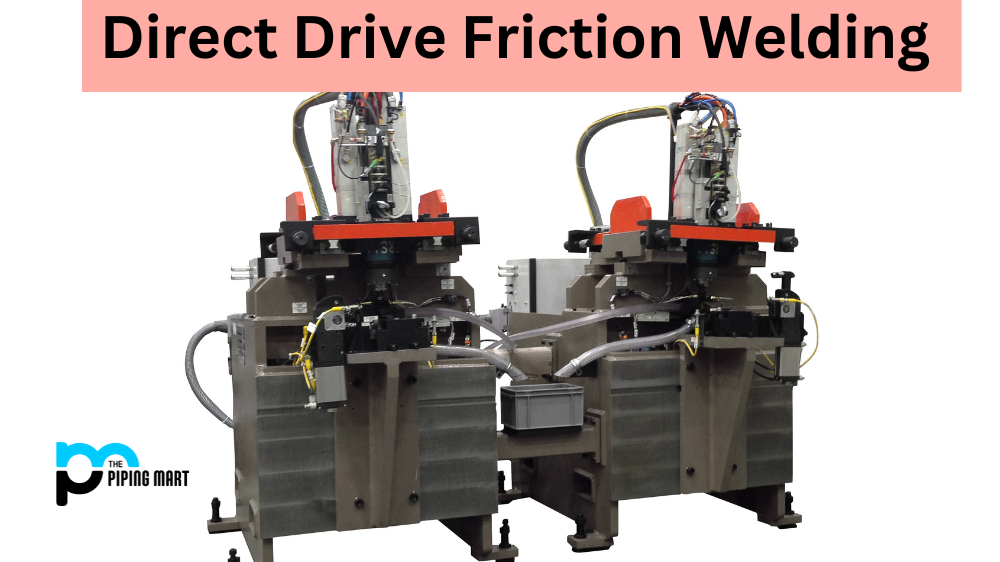Manual welding is a process that has been around for centuries, so it’s no surprise that it is still one of the most popular methods of joining two or more pieces of metal. This type of welding involves using tools to create a strong bond between two pieces of metal. Let’s dive into the details of manual welding and explore what it is, how it works, and its uses.
What is Manual Welding?
Manual welding is a type of welding that does not require electricity or gas. Instead, manual welding relies on a tool to apply heat to the two pieces of metal being joined together. The tool used in manual welding is an oxy-acetylene torch, which generates intense heat. Once the metal starts to melt, a filler material such as flux or molten metal can be applied to join the pieces together.
Manual Welding Process
Before starting any manual welding project, you must ensure that you have all the necessary tools and materials. This includes an oxy-acetylene torch, safety goggles, gloves, protective clothing and a welding mask. Once these items are in place, you can begin the process by heating up the metal and applying filler material to join them together. It’s important to use caution during this step since manual welding requires extreme heat and can cause severe burns if not done properly. You also need to practice proper ventilation when working with oxygen and acetylene since they are both highly flammable gases.
Manual Welding Tools
The main tool used in manual welding is an oxy-acetylene torch (also known as an oxy-fuel torch). This device combines oxygen and acetylene gas under pressure which produces an extremely hot flame capable of melting even the toughest metals. Other tools used in this process include safety goggles and gloves for protection from sparks created during the process as well as a mask for protection from breathing any fumes produced by melting metals.
Manual Welding Uses
Manual welding has many uses, including repairs on cars, motorcycles and other machines; construction projects such as bridges; art projects; jewelry making; creating sculptures; boat building; pipe laying; fabrication work; industrial production lines; plumbing projects, etc. The list goes on! Essentially any project that requires joining two pieces of metal together can benefit from manual welding techniques.
Conclusion:
Manual welding has been around for centuries but remains one of the best methods for joining two or more pieces of metal together with precision and strength unmatched by other processes today. Its relatively low cost combined with its versatility makes it ideal for small projects like repairs at home or large-scale commercial projects such as bridge construction or industrial production lines alike! If you are looking for an efficient way to weld components together, then look no further than manual welding!

A passionate metal industry expert and blogger. With over 5 years of experience in the field, Palak brings a wealth of knowledge and insight to her writing. Whether discussing the latest trends in the metal industry or sharing tips, she is dedicated to helping others succeed in the metal industry.




